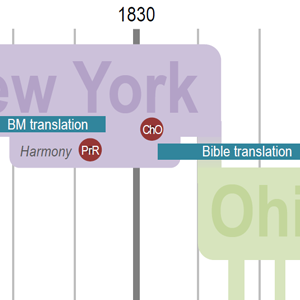
by Nathan Richardson | Jul 5, 2013 | Doctrine and Covenants, StoryGuide Scriptures
This timeline gives you a simple overview of where the Saints were and what events took place in any given year. It’s especially useful when reading the Doctrine and Covenants, for seeing what events were going on at the time a section was received. It covers the five major migrations of the early Latter-day Saints: New York, Ohio, MIssouri, Illinois, and Utah.
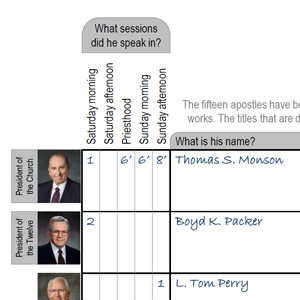
by Nathan Richardson | Mar 17, 2013 | general conference, gospel
This time last year, I posted a worksheet for taking notes at general conference. Go to that post to download a blank worksheet for yourself to write on. This post provides a version of that same worksheet, but with it already filled out in blue ink. I’m providing it here so you can see one example of how you might use the blank worksheet when taking notes at general conference.
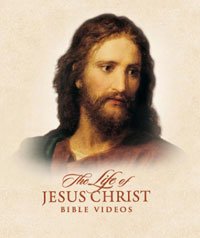
by Nathan Richardson | Feb 24, 2013 | gospel, New Testament, scriptures
The LDS Church has been producing a fantastic set of short videos depicting stories from the New Testament, found at BibleVideos.org. Here is a table of all the videos currently up, placed in roughly chronological order.
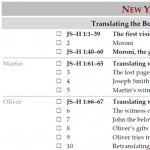
by Nathan Richardson | Jan 18, 2013 | Doctrine and Covenants, scriptures
Track your reading of the D&C in conjunction with Joseph Smith—History and the Articles of Faith where three levels of headings help you see the geographical and thematic elements. There are two versions of this chart: one in numerical order (i.e., the same order the sections are printed in your bound copy of the scriptures) and the other in chronological order. The dates are based on the new 2013 edition of the D&C, with a few possible exceptions based on the Church’s Joseph Smith Papers project, including research by Robert Woodford and Steven Harper.

by Nathan Richardson | Dec 30, 2012 | Doctrine and Covenants, scriptures, StoryGuide Scriptures
Four Doctrine and Covenants Overview Handouts: 1. Helpful titles for sections, 2. a timeline of when the sections were given, 3. a diagram to help you read the it in chronological order, and 4. a chronological checklist to help you keep your personal scripture study goals as you read the D&C in chronological order. Especially useful for seminary or the Sunday school curriculum to help you understand the basic structure of the Doctrine and Covenants.
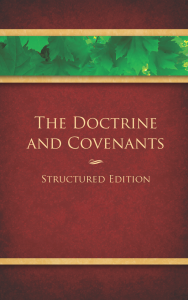
by Nathan Richardson | Sep 21, 2012 | Doctrine and Covenants, scriptures, StoryGuide Scriptures
A beautifully re-designed edition of the Doctrine and Covenants that looks more like a novel. Study aids such as headings and colored dialogue help anyone who wants to understand the storyline and events of the Doctrine and Covenants better.
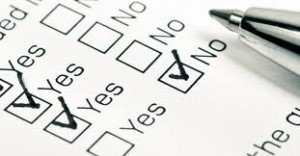
by Nathan Richardson | Jun 26, 2012 | gospel, law and government
Guest post by Jelaire Richardson. Have you ever had someone tell you, “You shouldn’t be using the words of Church leaders in determining how you feel about certain issues. That’s just plain inappropriate.” Is using the words of Church leaders to guide us in our political decisions even something we should try to do? And what exactly have they said? Use this chart to examine your reasons for voting, to see what Church leaders have said to look for when voting, and possibly help revise your reasons.

by Nathan Richardson | Apr 1, 2012 | Pearl of Great Price, StoryGuide Scriptures
A beautifully re-designed edition of thePearl of Great Price that looks more like a novel. Study aids such as headings and colored dialogue help anyone who wants to understand the storyline and events of the Doctrine and Covenants better. Free download and link to buy the physical copy.
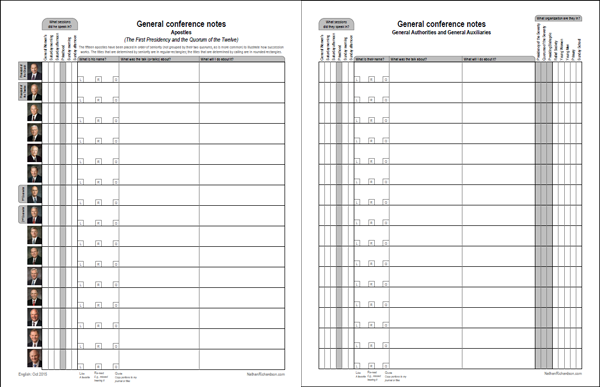
by Nathan Richardson | Mar 31, 2012 | general conference, gospel
Esta hoja se usa para tomar notas durante la conferencia general. Combina cajas en que escribir, tal como casillas para rapidamente darse tareas a sí mismo para cumplir después de la conferencia (por ejemplo, para marcar cuáles discursos quieres leer de nuevo, o de cuáles quieres sacar citaciones). Es un buen recurso para adultos o jovenes.
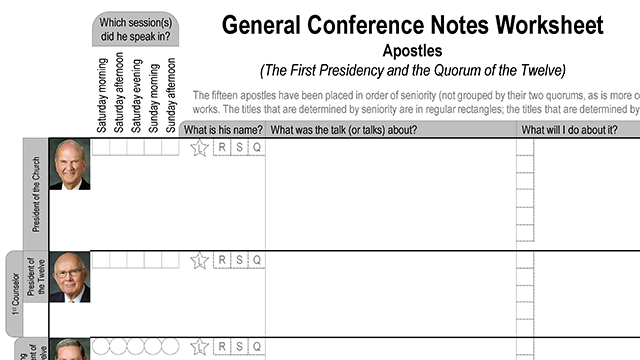
by Nathan Richardson | Mar 5, 2012 | featured, general conference, gospel
This worksheet is great for teens or adults for taking notes on during general conference. It combines boxes for writing in, as well as check boxes for quickly giving yourself assignments to do after conference, such as talks you want to re-read, or talks you want to copy quotes from.









